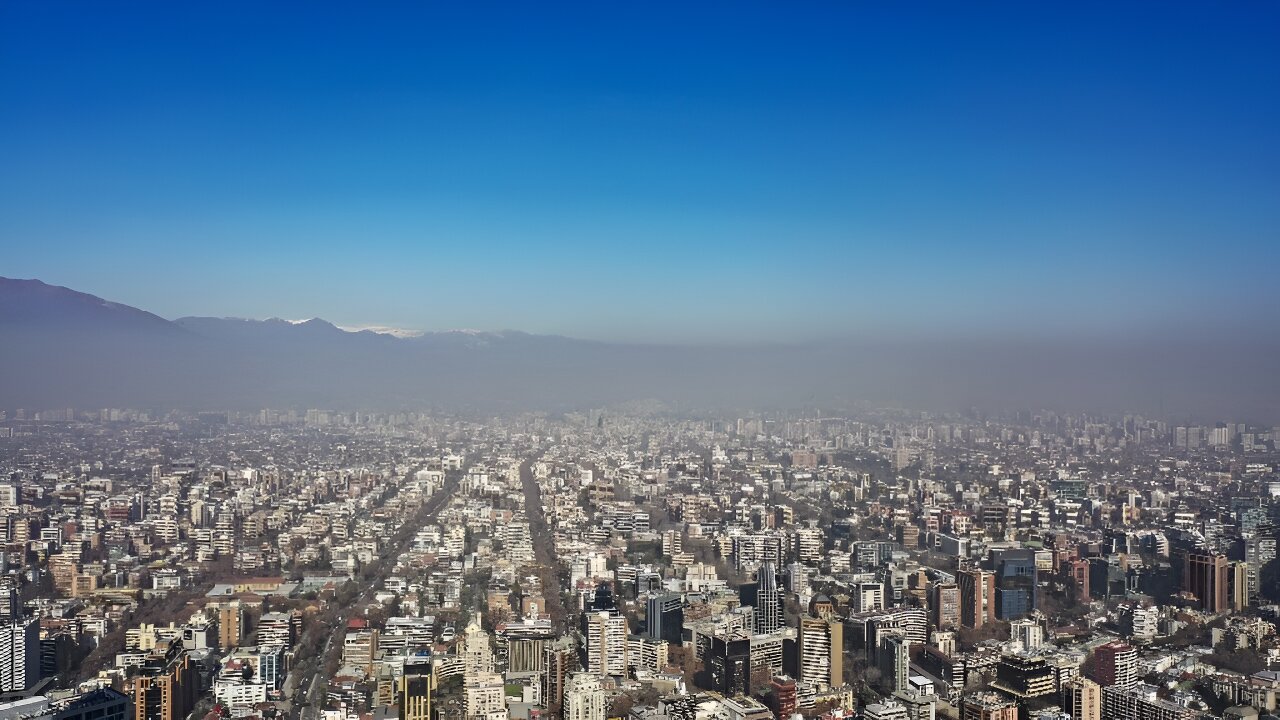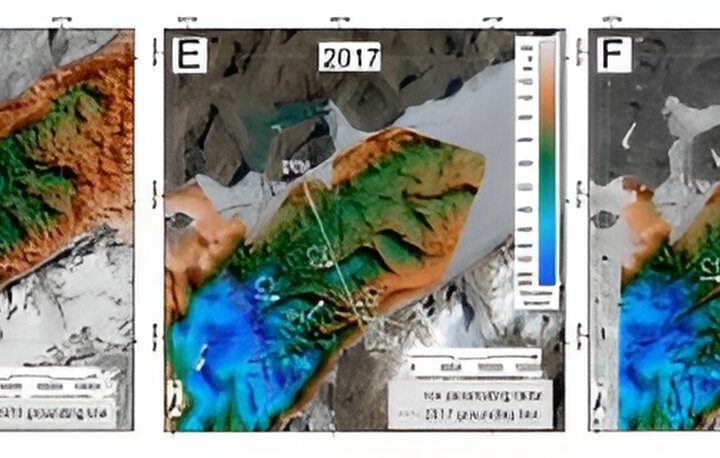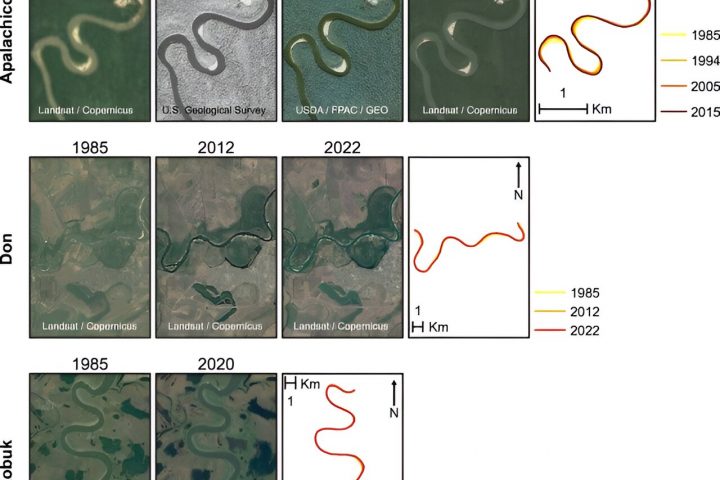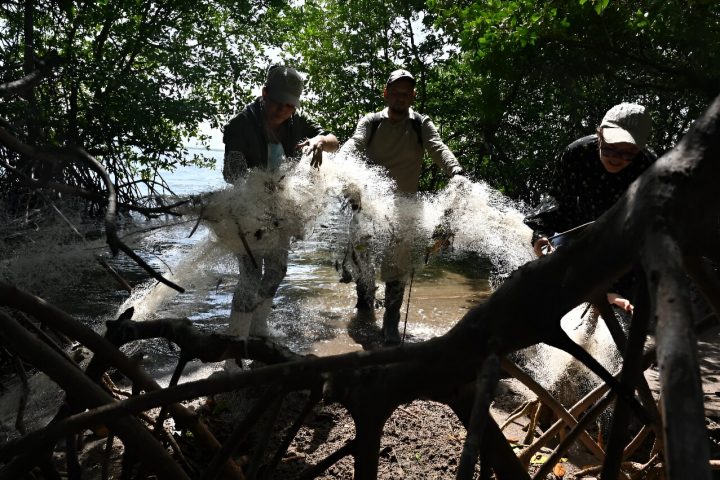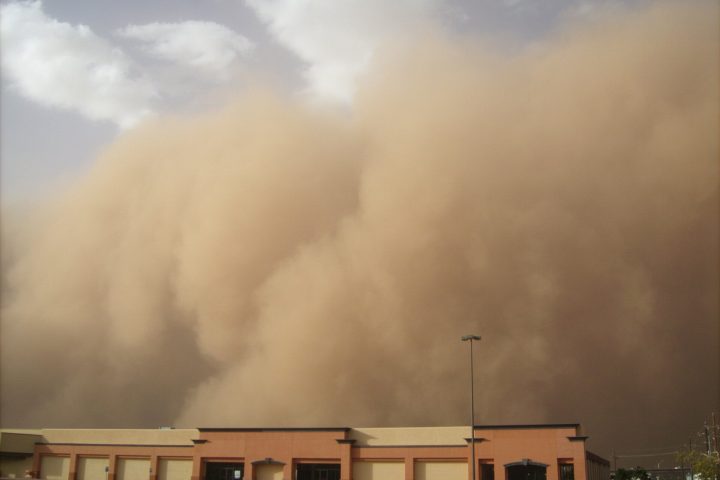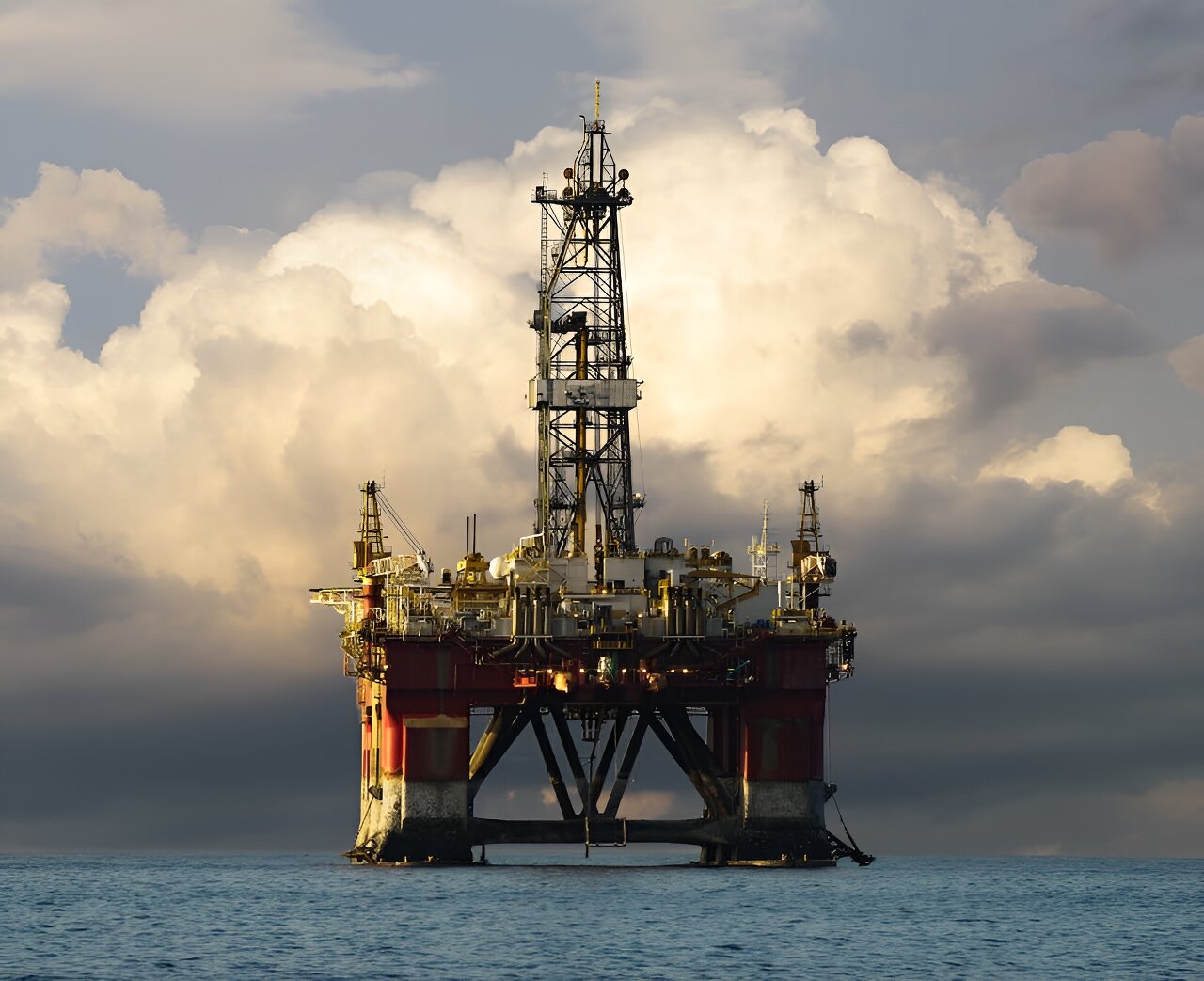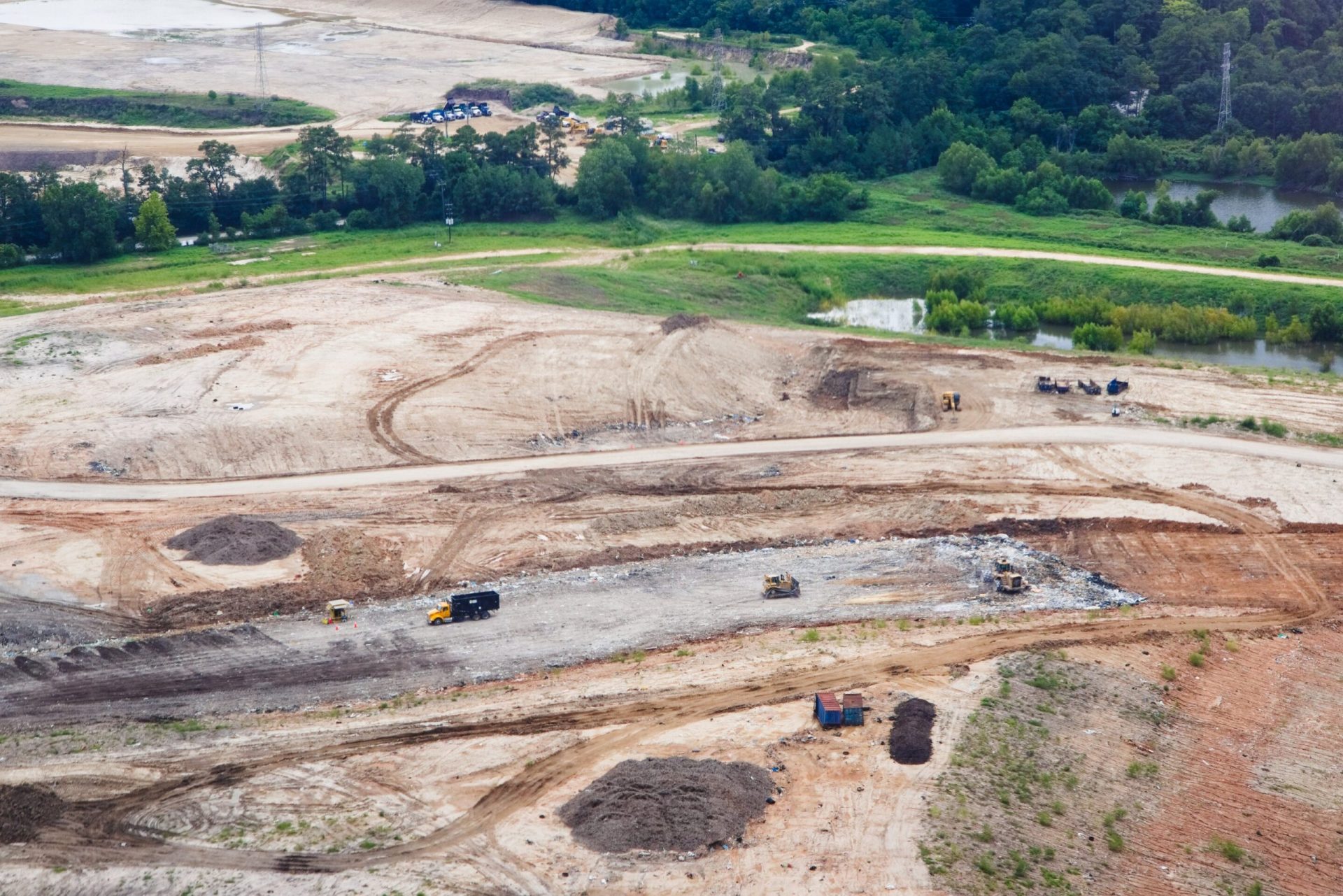Escape the scorching summer heat of the northern hemisphere and head to the Southern Cone countries of Chile and Argentina. But wait, it’s their winter season and they’re experiencing record-breaking heat!
On Tuesday, the mountain town of Vicuna in central Chile reached a scorching 37 degrees Celsius (almost 99 degrees Fahrenheit).
“It’s been more than 70 years since a temperature like this was recorded” in Vicuna, shared Chilean meteorologist Cristobal Torres with AFP.
Unusually high temperatures were also felt 450 kilometers (280 miles) south in the capital Santiago, with temperatures reaching 24C (75F) on Wednesday and similar levels expected for Thursday and Friday.
In Buenos Aires, the temperature soared above 30C (86F) on Tuesday, marking the highest August 1 temperature ever recorded since record-keeping began, according to Argentina’s National Meteorological Service. Normally, Buenos Aires experiences an average August temperature between 18C (64F) and 9C (48F).
Uruguay also witnessed temperatures of 30C (86F) in several cities on Wednesday.
“What we are experiencing is the combination of two phenomena: a global warming trend due to climate change plus the El Niño phenomenon,” explained Chile’s Environment Minister Maisa Rojas, who is also a climatologist.
“When El Niño ends, the global weather situation should stop being so extreme,” she added.
An El Niño event is characterized by increased Pacific Ocean temperatures, leading to rainfall, floods, avalanches in western South America, and heat waves.
Santiago, Buenos Aires, and Montevideo are expected to return to normal temperatures in the coming days, but it is believed that similar heat waves will occur more frequently.
“It is very likely that the heat record will be broken this year in Santiago, and that is extraordinarily abnormal. Ten years ago, we had two heat waves a year, and now we are talking about nine,” explained University of Santiago climatologist Raul Cordero.
One of the most significant impacts of this warm weather is on the snowpacks in the mountains, which are crucial for the water supply in Chile’s capital.
“Winter heat waves have devastating effects on glaciers and snow,” warned Cordero.
Rojas also highlighted the effects of heat on the polar regions.
“The ice around the polar areas is at minimum levels,” she shared on X, formerly known as Twitter.
“Especially around Antarctica, where sea ice usually reaches its maximum in September, it is currently at a historic minimum.”
